
DEEP INTO THE COMMUNITY
Black Diamond Athlete Angela Hawse is a guide for change.
You're eligible for Free Shipping!
$0.00 USD
MONDAY, AUGUST 5, 2019
A. Start in a plank position and use the sensation from the punch exercise to keep the shoulder blades far apart and the chest hollow.
B. Keeping elbows in and close to the body, lower down with the triceps keeping the shoulder blades far apart for as long as possible.
C. As the hands get close to the chest, the shoulder blades will naturally need to come together, sliding on the ribcage towards the spine.
D. When you push back up, first create space between the shoulder blades and a hollow chest, then press all the way up with the triceps.
Refer to this video for more instruction on a proper Push Up
Through this realization, Sam highlighted a series of three exercises that helped him identify that his shoulder was intimately and physically linked to his core. These three exercises are:
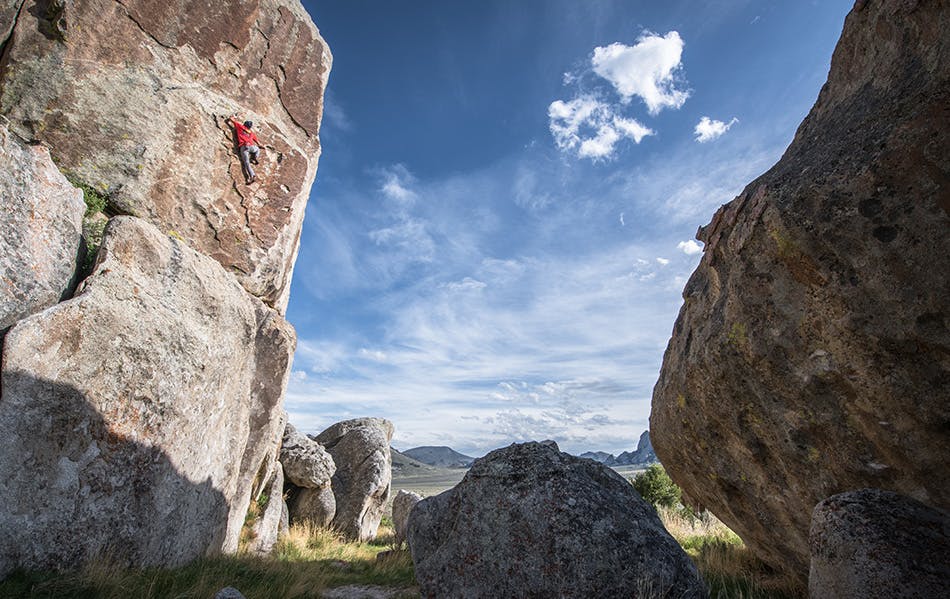
During this quest Sam learned about a serious training oversight. In all of his years of climbing he never paid much attention to how the trunk and “core” connects to our upper and lower extremities, even while climbing and constantly pulling his trunk up with his arms. Via recognition of the serratus and the Lat, the light bulb went off and these hard to feel, hard to see muscles were illuminated for Sam. These muscles, as part of the core, are the link between the strength of the fingers, hands, and arms into the body.
Finger and elbow injuries are just as common as shoulder injuries, and the shoulder-to-core link can be why. Climbing training philosophy should incorporate finger strength AND core strength for a holistic, well rounded approach. A strong core offers a solid foundation for an upper extremity that is under a lot of demand. Interestingly, Sam felt this disconnect when his shoulder gave out in Hueco, even after a comprehensive and committed training routine.
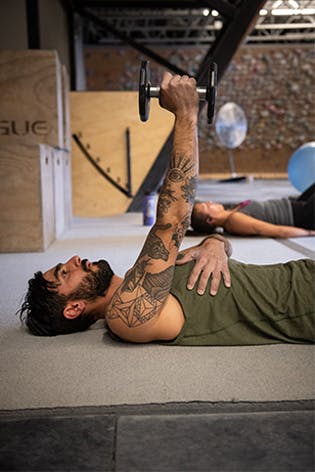


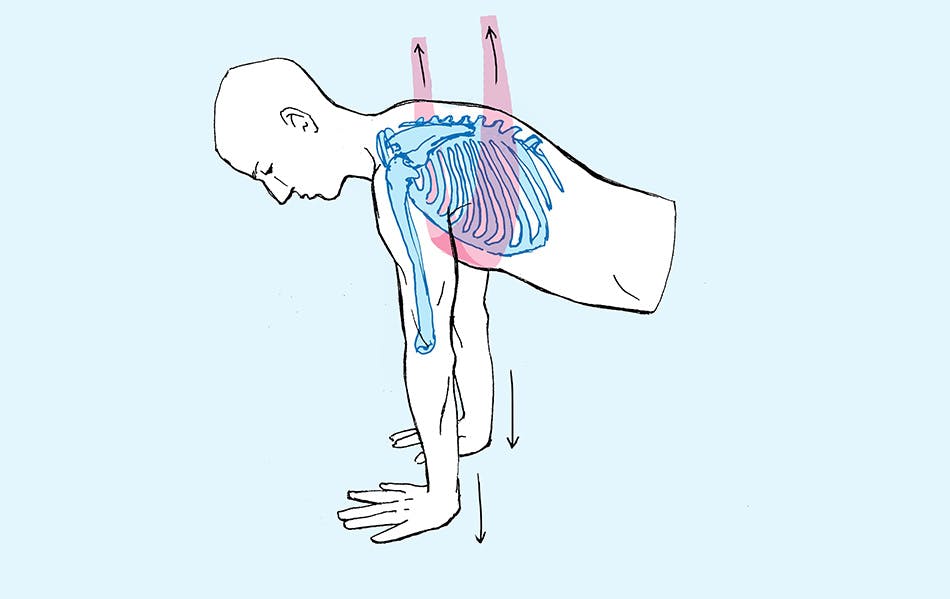
A. Start in a plank position and use the sensation from the punch exercise to keep the shoulder blades far apart and the chest hollow.
B. Keeping elbows in and close to the body, lower down with the triceps keeping the shoulder blades far apart for as long as possible.
C. As the hands get close to the chest, the shoulder blades will naturally need to come together, sliding on the ribcage towards the spine.
D. When you push back up, first create space between the shoulder blades and a hollow chest, then press all the way up with the triceps.
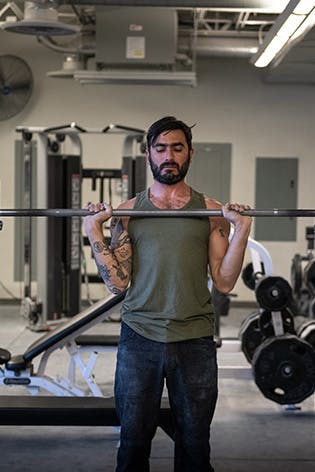
Skill development and movement repatterning
Climbing allows us to enter into the sport and get by with certain strengths and weaknesses that we favor because they accelerate the pathway to climbing harder. This method of “hacking it” may allow us to climb harder, but not necessarily climb better. These hacks don’t allow for uniform development of our body and can go unnoticed as we figure out ways of getting by. As a basketball player needs to learn to dribble before they can shoot, we need to develop a strong foundation as climbers in order to climb well and be injury-free long term. Sam illuminates this concept in the following statement: “I don’t want to just do things, I want to do things well ... I want it to look graceful and effortless and I want it to feel that way.” After noticing this, just barely getting by—or hacking it—felt unfulfilling for Sam.
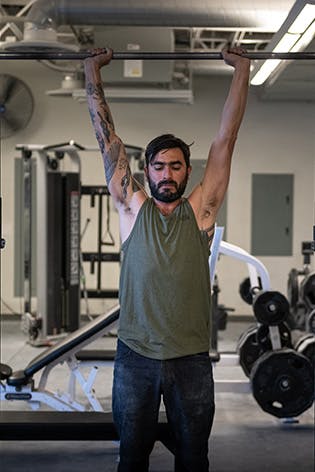
Sam sought out the help of coach and athlete, Will Anglin, co-owner of Tension Climbing in Denver, CO, to help identify his weaknesses and imbalances. Will helped Sam understand the importance of building shoulder stability through skill development on the wall, movement repatterning, body awareness mechanics and progressive loading into the deep/extreme mobility ranges. Will reinforced the idea of the arm-to-trunk “core” connection from Lesson 2, as well as a specific and simple set of mandatory lifts. Will also worked with Sam on the Tension Board by setting problems to systematically test Sam’s shoulder, as well as other strengths and weaknesses. Filming Sam, Will used the Tension board to mirror various boulder problems that challenged Sam’s weaknesses. This helped to identify several areas that he could target and improve the quality, efficiency, and safety of his movement.
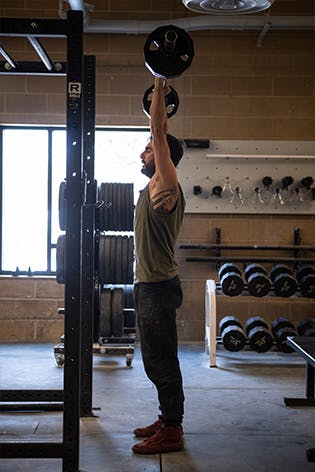
“Will is a really smart and kind dude, and he’s had two massive shoulder injuries and subsequent surgeries. However, he’s been healthy for 10 years, and slays boulders up to V14. He climbs wide very well and muscly, but still with fantastic technique. I knew I could learn a lot from him, so I connected, and he invited me to visit Denver for a week-long assessment and training. Each day I learned a ton. By the end of the week, I had a game plan, and big jolt of optimism. He helped me to change my whole approach. I knew I had big potential. I trusted myself, and trusted him, and put my head down into the training cycle.”
The following summarizes what Sam learned about his mobility weaknesses and how to correct them.

“I came out of training absolutely destroyed. Over-trained in fact. However, my shoulder felt better than ever, and I was pain free. The trip to Spain that I hoped to be in supreme shape for turned out to be a recovery and an adaptation period. I was so tired and slow, and moving really poorly the whole time. It got better every day, and by the end of the trip I started to feel pretty good. Once back in the states, I made my way to Rifle. I quickly did Bad Girls Club (5.14c) and started to try Shadowboxing (5.14d). It’s a route that I’ve tried for many years, but never earnestly, because it seemed too difficult. This year, I made quick progress, and surprisingly sent without much of an ordeal.”

Esther Smith, DPT, Cert. MDT, NTP is a Physical Therapist, a climber and the owner of Grassroots Physical Therapy in Salt Lake City, UT andselftreatment.com. She is the physical therapist for the Black Diamond Pro Climbing Team and many other climbing ambassadors.

Eli Kauffman is a fine artist and illustrator, currently studying at Rhode Island School of Design. Their work is primarily figurative and narrative oil painting, supported by experience in anatomical illustration. @eli_kauffman ekauffma@risd.edu
http://portfolios.risd.edu/ekauffma7c3e

The lessons that Sam learned on his journey from shoulder injury to recovery to return to sport can be transferable to all climbers and other types of injuries. Recalling Sam’s lessons when navigating injury can help guide us through the scary and intimidating process of healing and making decisions about our course of care. With the right team of expert providers, Sam took ownership of his body and did everything in his power to gain knowledge and make necessary changes in his engrained movement patterns and training habits. This helped him not only to heal, but also to grow stronger, more confident and more versatile as an athlete and as a person.



Follow BD Athlete Yannick Glatthard deep into the Swiss Alps as he shares his home...
Follow BD Athlete Yannick Glatthard deep into the Swiss Alps as he shares his home mountains with close friends.

Follow Dorian Densmore and Mya Akins for another winter season of steep Alaskan spines, backyard...
Follow Dorian Densmore and Mya Akins for another winter season of steep Alaskan spines, backyard couloirs, and deep adventures in the mountains.
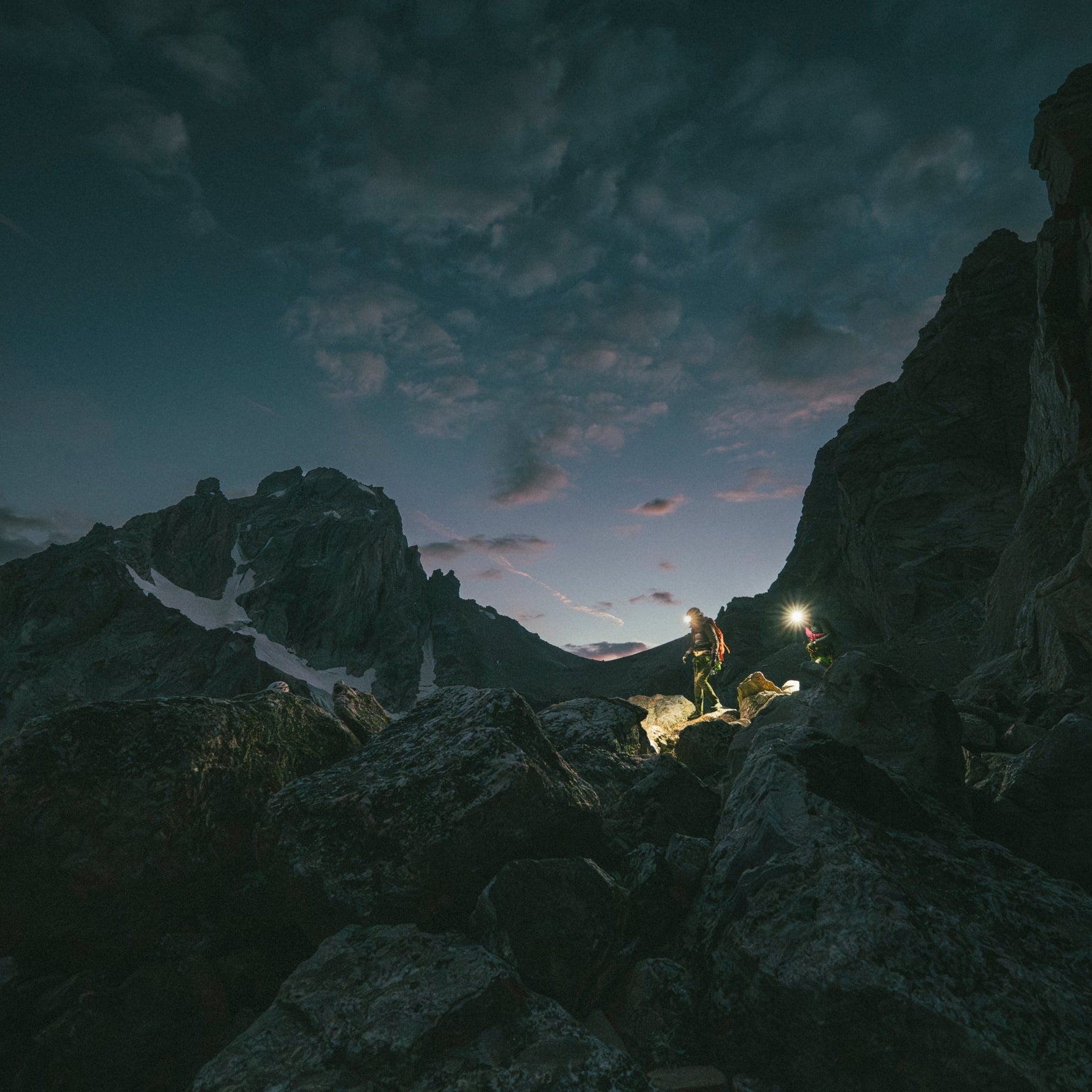
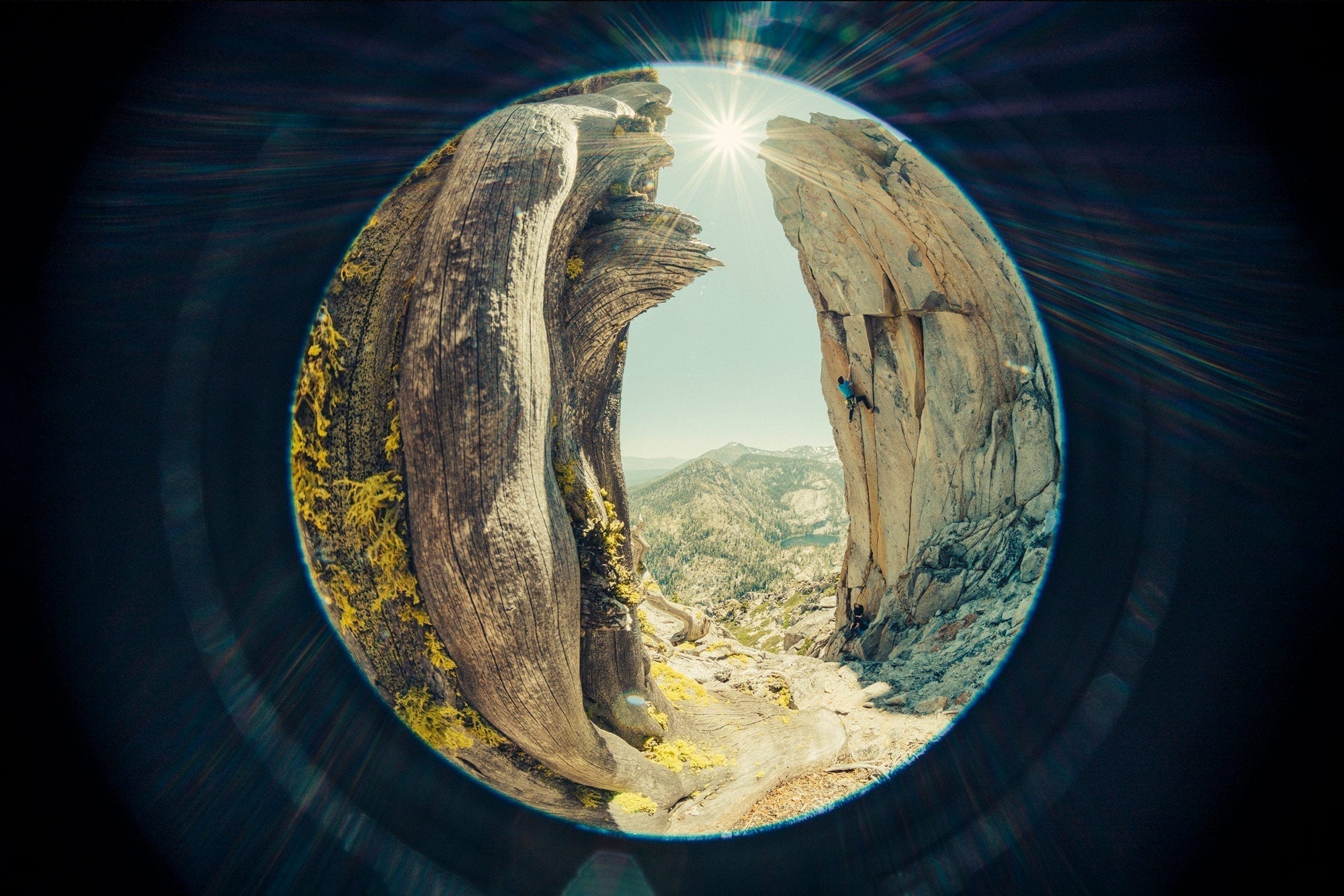
Watch BD Athlete Alex Honnold throw down on some hard trad high above Tahoe.
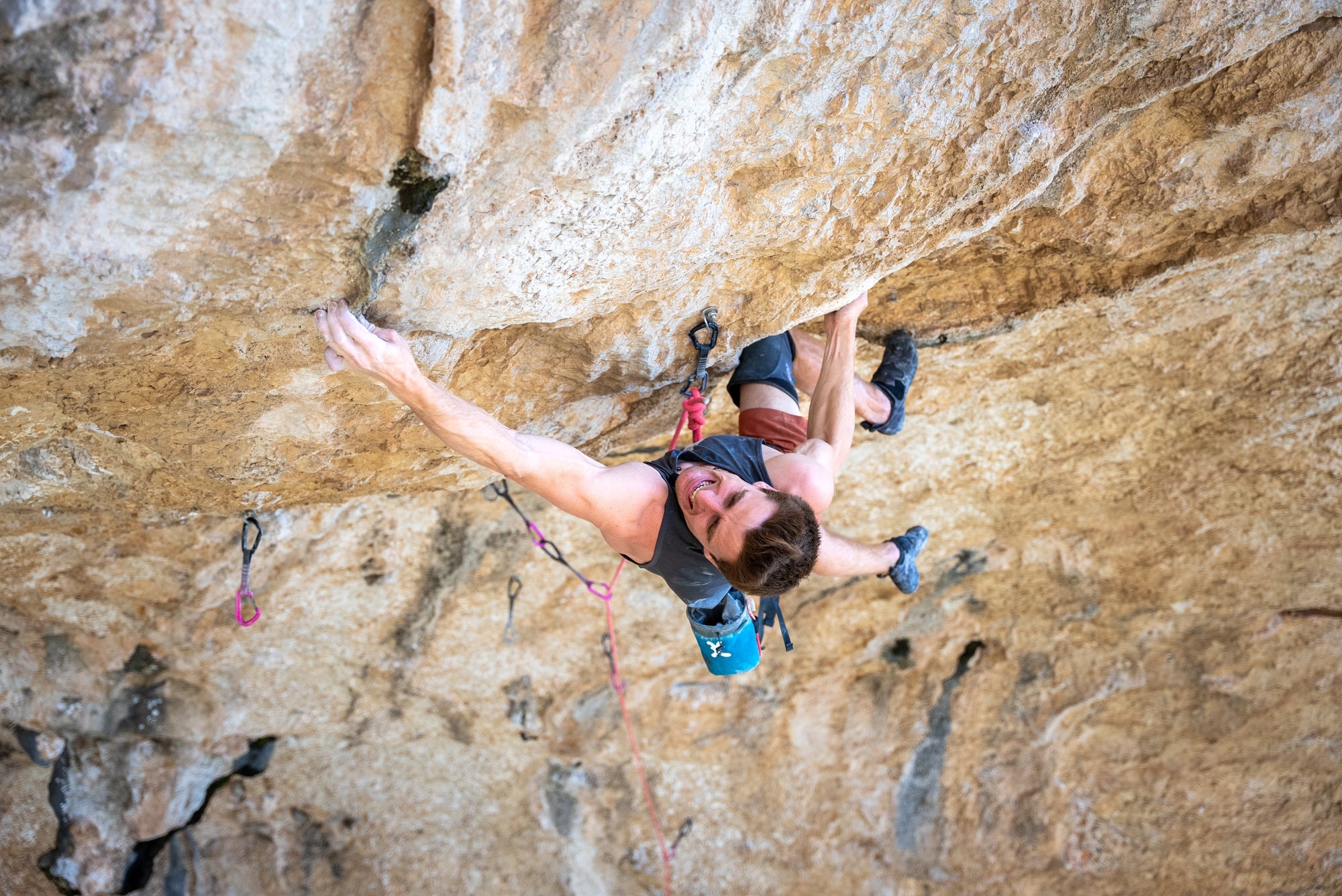
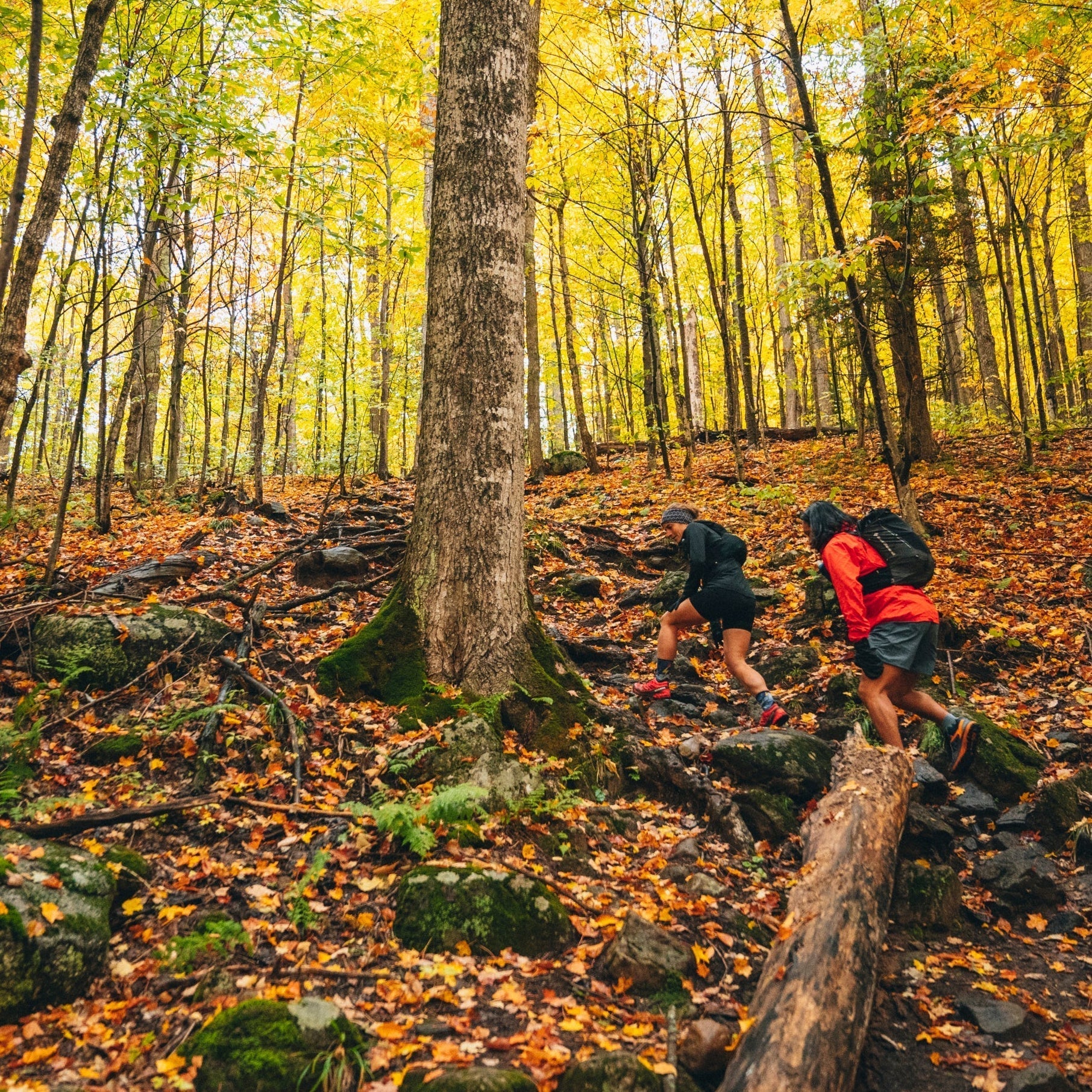
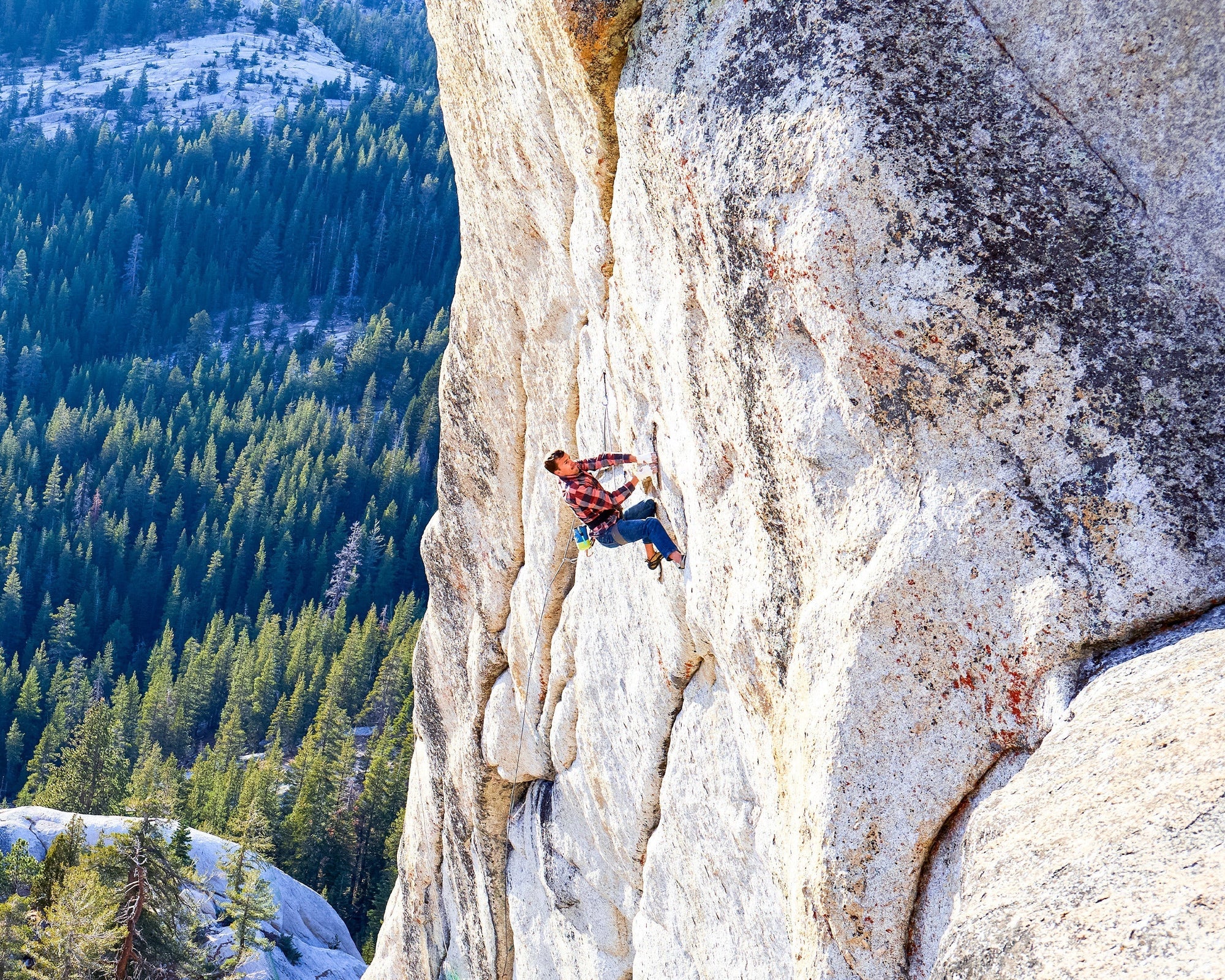
In 2012, filmmaker and photographer Ben Ditto, and professional climber Mason Earle equipped an immaculate...
In 2012, filmmaker and photographer Ben Ditto, and professional climber Mason Earle equipped an immaculate line in Tuolumne’s high country. But their attempts to free the route were thwarted when Mason’s life changed drastically. With the help of Connor Herson, Ditto and Mason found a way to keep the dream alive.
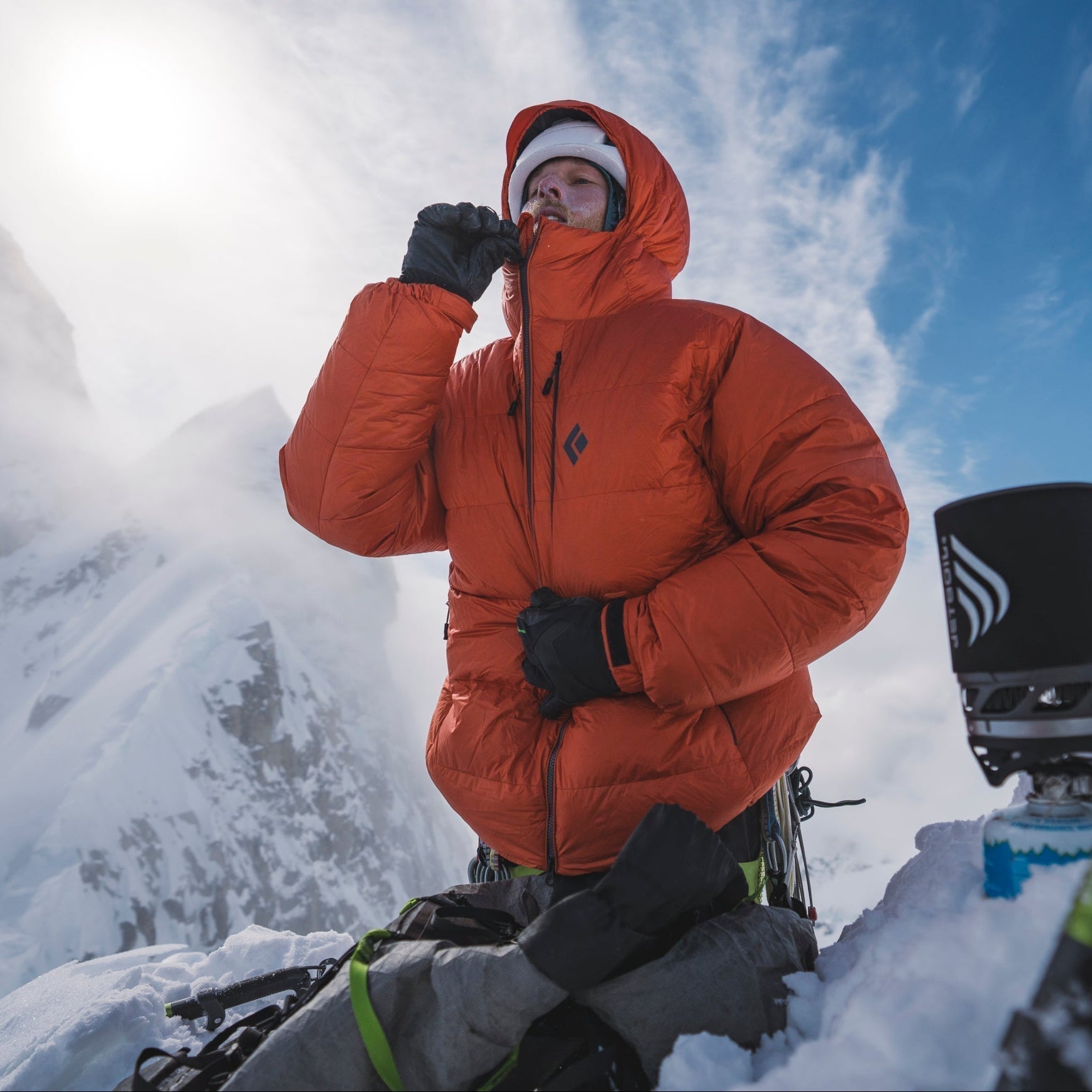
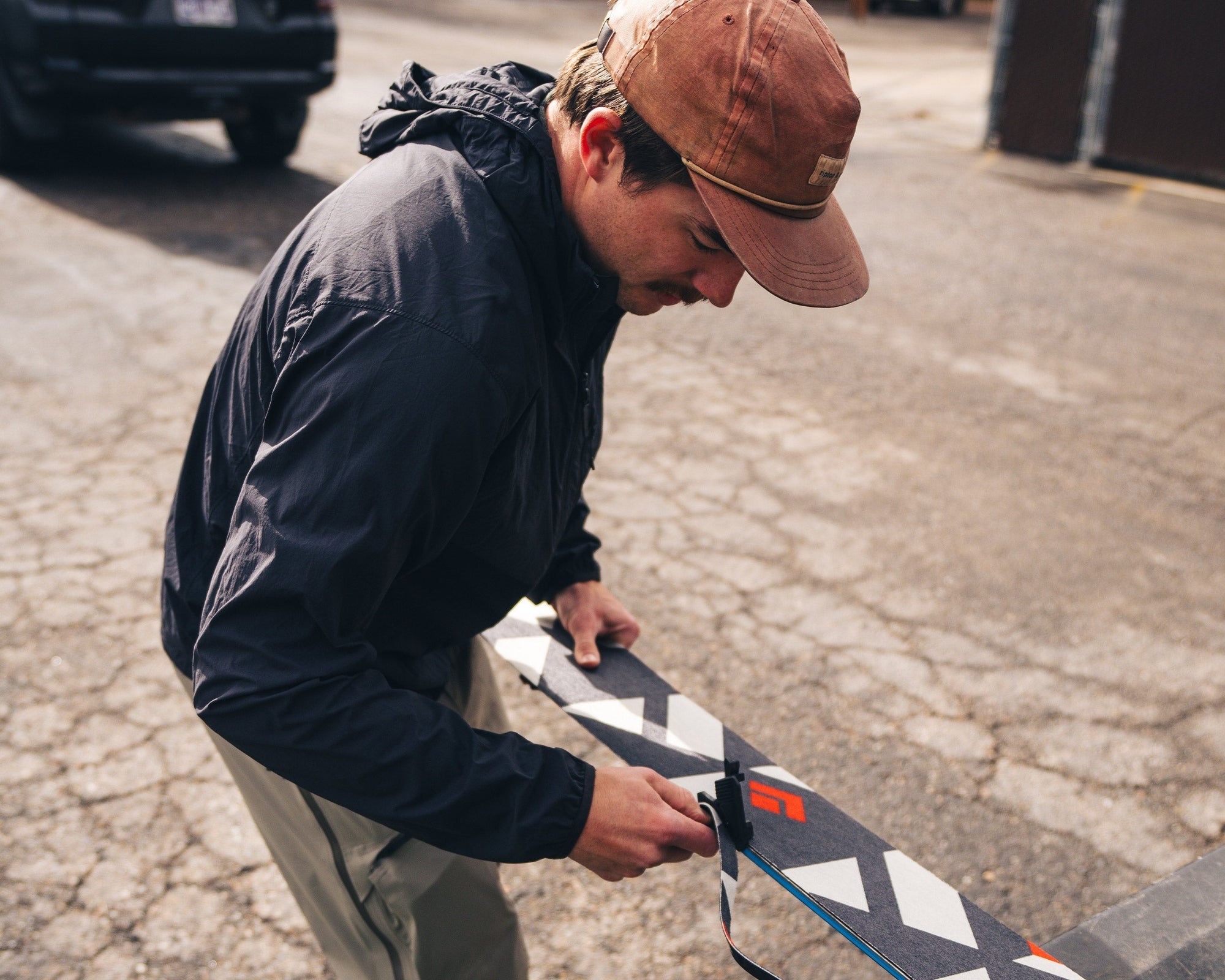
Watch and learn as our Field Test Coordinator runs you through a step by step...
Watch and learn as our Field Test Coordinator runs you through a step by step process of trimming and setting up any STS-style Black Diamond skin.


Every climber has a few lines they dream about. Whether inspired or haunted—or sometimes both—these...
Every climber has a few lines they dream about. Whether inspired or haunted—or sometimes both—these lines can push us beyond what we thought we were capable of, in turn teaching us who we really are. BD Ambassador Ethan Salvo recently restructured his entire life to focus on two climbs that pulled him into the void with only one way out … getting to the top. This is his story of sending Dreamcatcher and becoming the first Canadian to climb V16 in the same week.
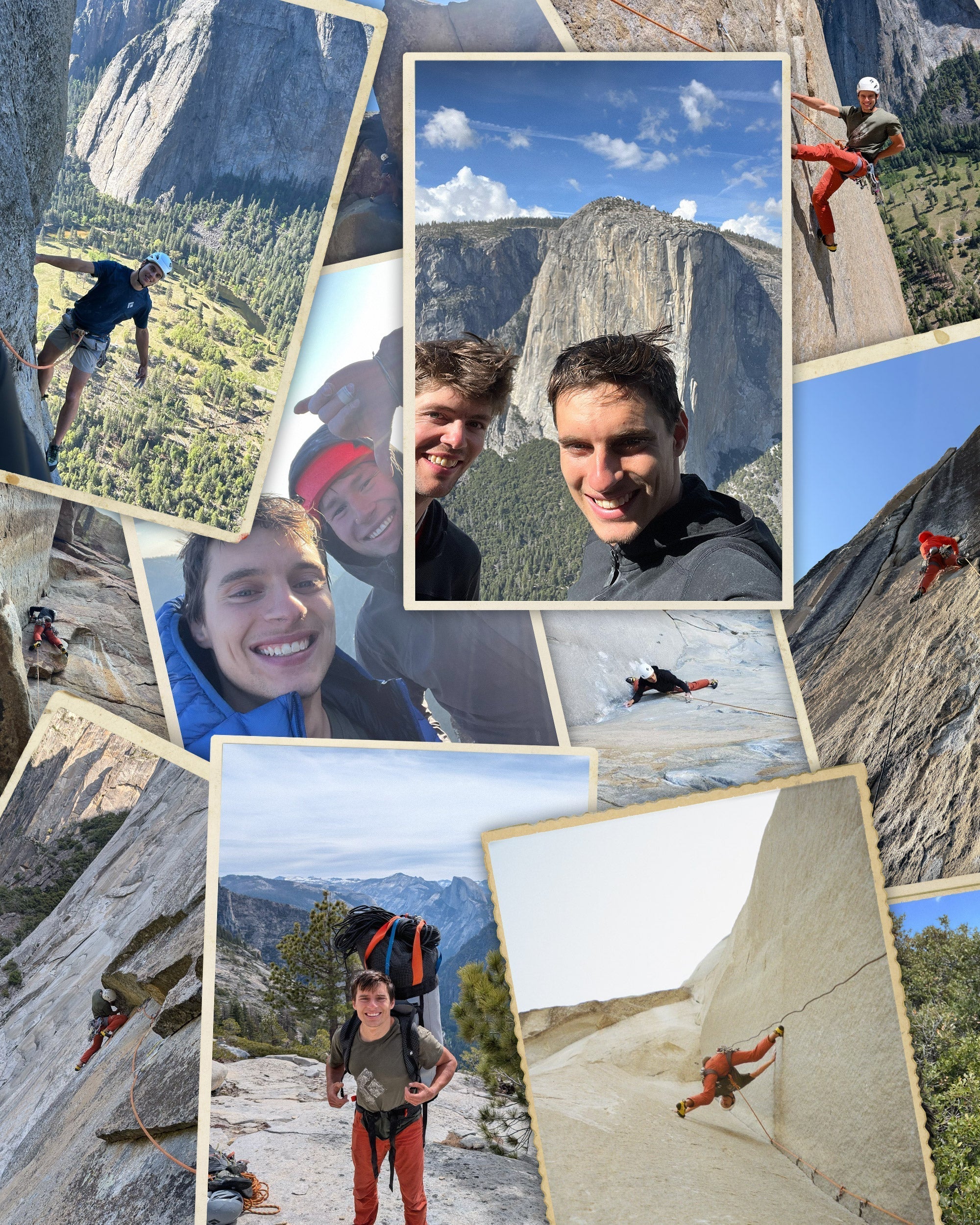
BD Athlete Connor Herson spent as many weekends as possible in the Valley this spring...
BD Athlete Connor Herson spent as many weekends as possible in the Valley this spring during a grueling quarter at Stanford. The objective? Ground up, in-a-day ascents.
